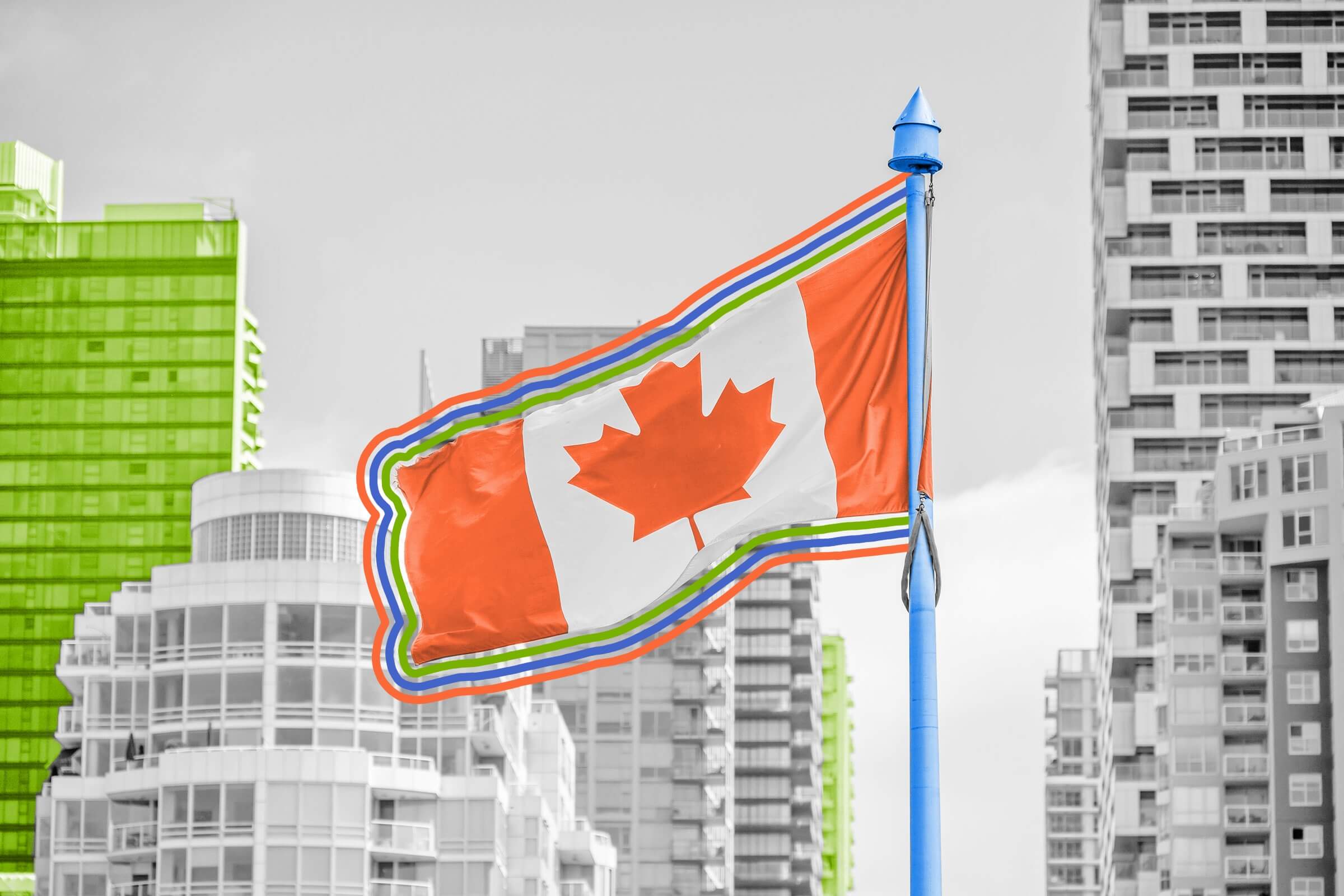| The U.S. and Canada share the longest land border in the world, and along any border that measures in the several-thousand-mile range, there are bound to be some quirks. One of those is Point Roberts, a tiny U.S. town in Washington state that's essentially cut off from the rest of mainland U.S. by the Canadian border. The small town of only 1,200 or so residents is what geographers call a "pene-exclave," which is a part of a country that is only accessible by traveling through another country. Point Roberts lies at the tip of the Tsawwassen peninsula, which is under the 49th parallel — the circle of latitude that largely marks the western portion of the U.S.-Canada border. Although Point Roberts residents could technically travel by plane or boat to the U.S. mainland without entering Canada, nearly everyone commutes through British Columbia to get to other parts of Washington state. Point Roberts isn't the only U.S. pene-exclave along the 49th parallel. In north Minnesota, a 120-square-mile speck of land dubbed the "Northwest Angle" is separated from the rest of the state by the Lake of the Woods. Short of taking a boat ride (or driving across the lake when it's frozen), the area's 120 residents have to cross the U.S.-Canada border twice to hang out with other Minnesotans. This strange pene-exclave was created in large part due to a cartography error; the map used to create the northern border of the U.S. during the negotiations that led to the 1783 Treaty of Paris included an inaccurate depiction of the Lake of the Woods, which was supposed to hit the "northwest angle" of the border. Yet even when more accurate maps were created, Americans were loath to change anything in the treaty that had granted them their independence. A joint U.S.-Canada boundary commission has maintained the boundary around this strange slice of Minnesota since 1925. | 






No comments:
Post a Comment